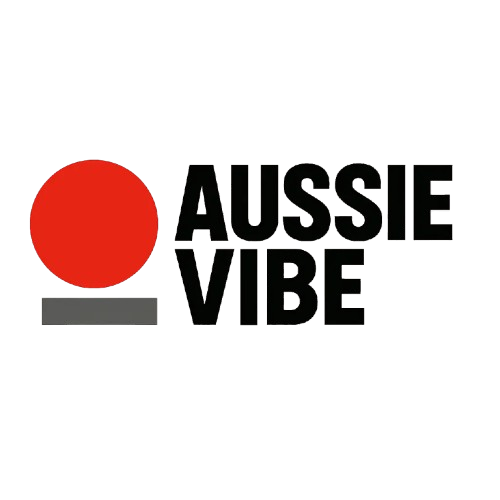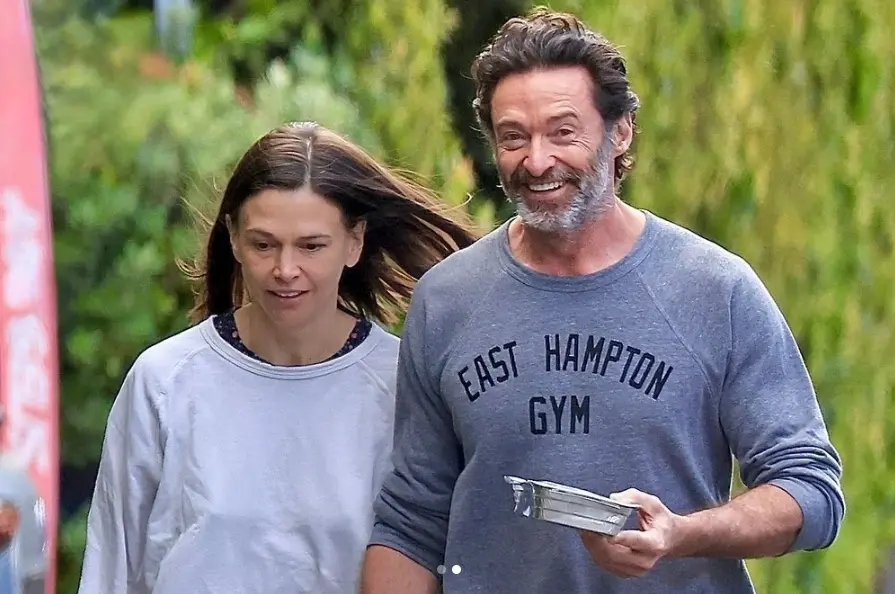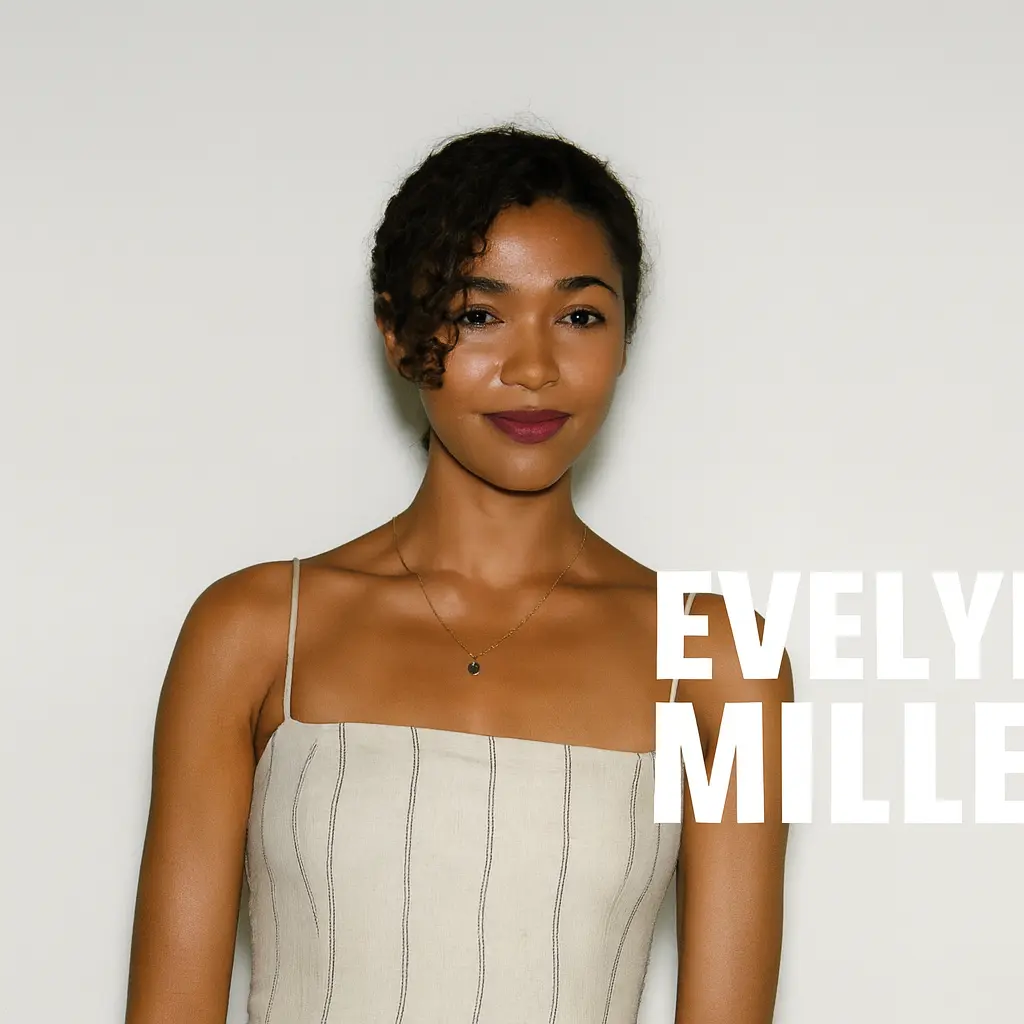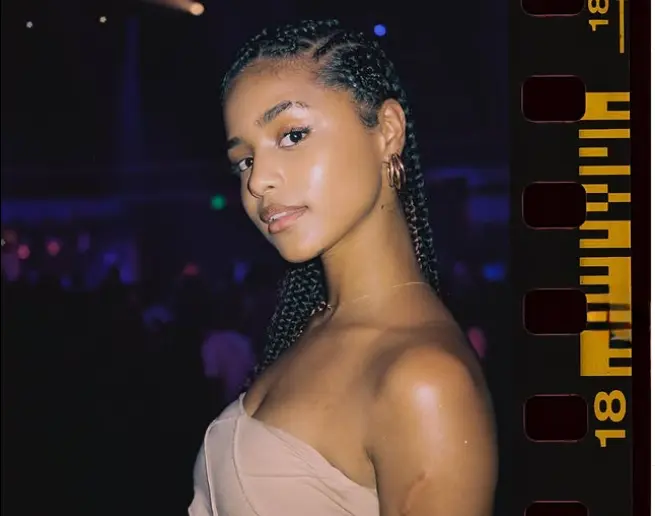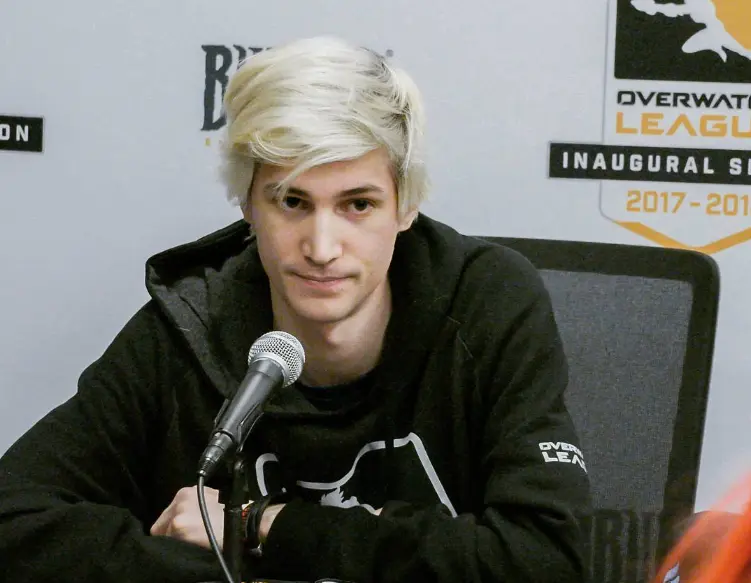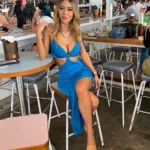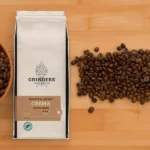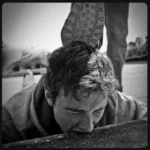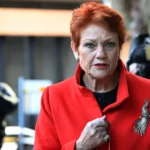Now Reading: The story behind the viral hyperpigmentation meme
-
01
The story behind the viral hyperpigmentation meme
The story behind the viral hyperpigmentation meme
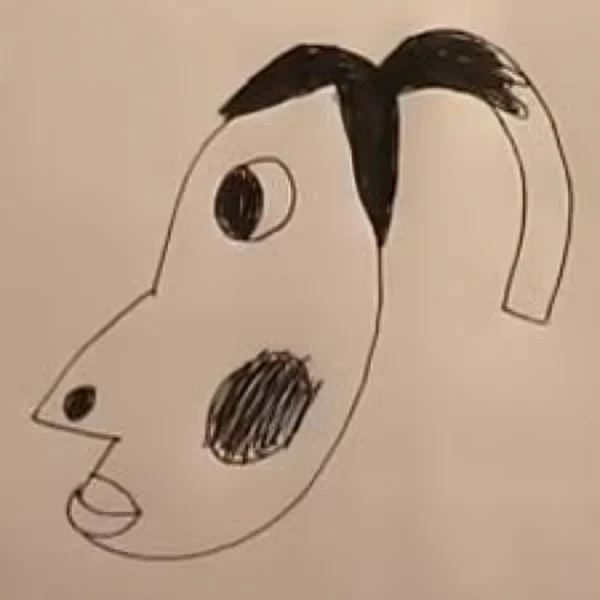
In recent years, social media has turned skin issues into viral discussions, hyperpigmentation being one of the best examples. What began as good-natured fun on the internet about having uneven skin tones has now evolved into a worldwide discussion about beauty standards, self-care, and the debate surrounding skin health.
For many Australians scrolling the memes on TikTok or Instagram, the meme is funny, yes, but also strangely relatable. In a country known for its strong sun, making skin care an actual daily concern, Australians can identify with these experiences and laughter, and other discussions about skin are also important here.
What is the hyperpigmentation meme?
The “hyperpigmentation meme” first became popular on TikTok, Instagram, and Twitter (X), as people began posting overly exaggerated reactions to skin spots, freckles, or dark marks. One of the most well-known examples uses a child’s drawing with a dark spot on the face, immediately followed by a voice saying, “Is that hyperpigmentation?”
What makes the meme so funny is its absurd accuracy – it is not uncommon for people (particularly those interested in skincare) to have moments of sheer panic over a freckle or a harmless sunspot. This meme essentially turns this modern obsession with perfect, “glass-like,” skin into a self-aware piece of comedy.
How the meme began: A daughter’s sketch went viral
In a video from 2019, uploaded by Sonia Tiebi, the mother urges her daughter to demonstrate her drawing that she has been posing for the past ten minutes. The young girl reluctantly turns her sketchbook around, revealing the drawing, which is a simple illustration that a child would make.
However, the internet lost it over one detail: the circles on the cheeks. This was most likely meant to suggest blush, because Sonia promptly delivers the now-famous line:
- “Is that hyperpigmentation?”
Between Sonia struggling not to laugh, as she is encouraging her daughter, and the child’s commitment to her drawing — the moment is utter comedy gold — wholesome and hilarious rolled into one.
Meanwhile, her husband in the background totally breaks character and is laughing hysterically in the corner, IJBOL-ing (internet slang for I Just Burst Out Laughing). Sonia quickly covers for him, telling her daughter it’s “how the French say it’s a great drawing.”
The infectious charm of this clip is a perfect blend of parental support, irony, and everyday humour that resonates with viewers, whether you are a parent, an artist, or a skincare person.
From family moment to global meme
When the video appeared on social media, TikTok was inundated with remixes, reaction videos, and parodies. Content creators began to use the sound over videos that had nothing to do with the joke – pets, makeup tutorials, and gaming videos – and, suddenly, the phrase, “Is that hyperpigmentation?” became synonymous with any situation where over-analysis or confusion was appropriate.
The meme also became a call to arms for skincare enthusiasts who loved the irony of the joke as it related to their obsession with over-analyzing every blemish and freckle on their skin; it was the moment beauty “talk” and the internet’s copybook of comedy collided.
The deeper meaning behind the joke
The obvious success of the meme was due to its comedic value, but The Superficial’s underlying context pulls upon a wider conversation regarding beauty, skincare, and self-image. In a world that values “flawless” skin, the beauty meme reflected how ridiculous – yet relatably human – it is to overthink every blemish on our faces.
Key takeaways include
- Not all pigmentation is bad: Freckles, moles, and solar lentigines are normal and natural.
- Healthy skin ≠ , perfect skin: It is completely normal to have imperfections, especially in the sunny climate here in Australia.
- Humour promotes acceptance: Being able to find humor about something helps better shape, or shift to a more positive mental positioning about skin conditions.
Memes and the modern skincare movement
The hyperpigmentation meme’s popularity is an example of how skincare has transitioned into a pop culture phenomenon. A private process has turned into a social media identity – from “shelfie” postings to confessing your skincare struggles.
This meme joins other viral trends like:
- “That’s just my skin barrier screaming.”
- “SPF is my love language.”
- “I don’t chase men, I chase hyaluronic acid.”
Collectively, these memes reflect how people are learning about, enjoying, and connecting with others over skincare – even virtually, in sun protection and skin health, especially in younger audiences.
Aussie skincare brands embrace the humour
Local skincare influencers and brands like Go-To, The Jojoba Company, and Bondi Sands are jokingly referencing the meme in their marketing, and it helps them relate to audiences who engage with light-hearted, self-aware content.
For example, some Aussie TikTokers have created spoofs of “discovering” fake pigmentation while applying sunscreen or makeup. These videos are amusing but also highlight the necessity for sun safety, which is incredibly important in Australia!
Understanding hyperpigmentation and skin health
For those wondering what exactly hyperpigmentation means, let me explain:
Hyperpigmentation occurs when pigment-producing cells of the skin (called melanocytes) locally produce excess melanin, resulting in either a darker spot or an uneven skin tone. The most common causes of hyperpigmentation:
- Sun exposure (a big one here in Australia)
- Hormonal changes (the changes seen in melasma during pregnancy)
- Acne scarring
- Local inflammation or injury to the skin
Treatments or ways to discourage hyperpigmentation are often suggested by dermatologists, including:
- A sunscreen – Broad-spectrum SPF 30+ for daily and regular use.
- Vitamin C serums – Used to promote brighter dark spots.
- Retinol – Used to help promote cell turnover.
- Niacinamide – To decrease inflammation and dark spots.
- Professional treatments – Chemical peels, laser therapy, etc.
The meme itself has probably led to more knowledge of these expressions and additionally encouraged people to take better care of their skin upon the real or perceived knowledge of these treatments for hyperpigmentation.
Why skincare memes resonate in Australia?
The hyperpigmentation meme isn’t just a fleeting fad; it speaks to something more substantial, which intersects with national identity and culture in Australia. With high UV levels and a cultural obsession with beach life, skin health is practically a way of life.
- Skincare awareness – Australians are more sun-smart than ever before, with our “Slip, Slop, Slap” campaigns ingrained in childhood education, and ongoing changes to laws related to the tanning salon industry.
- Rising beauty industry – From Sydney to Perth, skin care clinics and beauty brands have made pigmentation issues and treatments part of the conversation as it relates to skin health, bringing the term and whole industry into the vernacular.
- Humour as connection – When a meme is used to talk about real skin health issues, it breaks down the stigma related to appearance and self-care.
In short, Aussies love it when humour and health awareness cross paths to create a viral sensation; it’s likely the sole reason the meme works here in Australia.
Why do Aussies find it so funny?
The humour struck a chord with Australians for multiple reasons:
- Sun-exposed skin culture: Being educated to fourth-degree sun-exposed skin, and living with one of the highest UV indexes in the world, Australians are constantly thinking about the impact of sun spots, freckles, and pigmentation.
- Love for deadpan humour: The understated delivery of “Is that hyperpigmentation?” fits in line with the type of dry humour Australians adore.
- Relatability: Every parent has experienced the challenge of responding positively to their child’s “creative” artwork, even if it is ridiculously wrong.
In summary, not only is it a skincare joke – it is a slice of everyday life that is undeniably human.
Beyond the laughs: What this meme says about awareness
Beneath the humour, the hyperpigmentation meme really points out the online trends as a serious matter. It cautions us that one can debate based on the following :
- The safety of the sun and the use of SPF.
- Empowering people with the right knowledge about their skin conditions and not judging.
- Accepting flaws and promoting body positivity.
Numerous Australian dermatologists and influencers have humourously referenced this meme as a segue into discussing pigmentation treatments or sun safety.
The meme’s evolution in 2025
The hyperpigmentation meme, just like a great number of internet jokes, is still going through a process of development. In 2025, there have been:
- Skincare brands are using the meme in their advertising as a reference.
- Aesthetic illustrations of the meme phenomenon made by artists, along with their own outcomes or inflammatory conditions posted by them.
- Australian TikTok influencers remixing the meme into coastal-life skits (e.g., “Is that hyperpigmentation or Bondi tan lines?”).
The stayable nature of this meme continues to be flexible; it can be used by anyone and, more importantly, remains relatable.
Conclusion
The hyperpigmentation meme is superior to simply being a clip on TikTok; it conveys the importance of humour, family and being imperfect. Australians have latched onto it because it represents our relaxed style of living: laugh at yourself, look after your skin and always remember to apply your SPF.
At the end of the day, the meme also celebrates the beauty of imperfection and finding joy in the minor, humorous moments that make you human.
